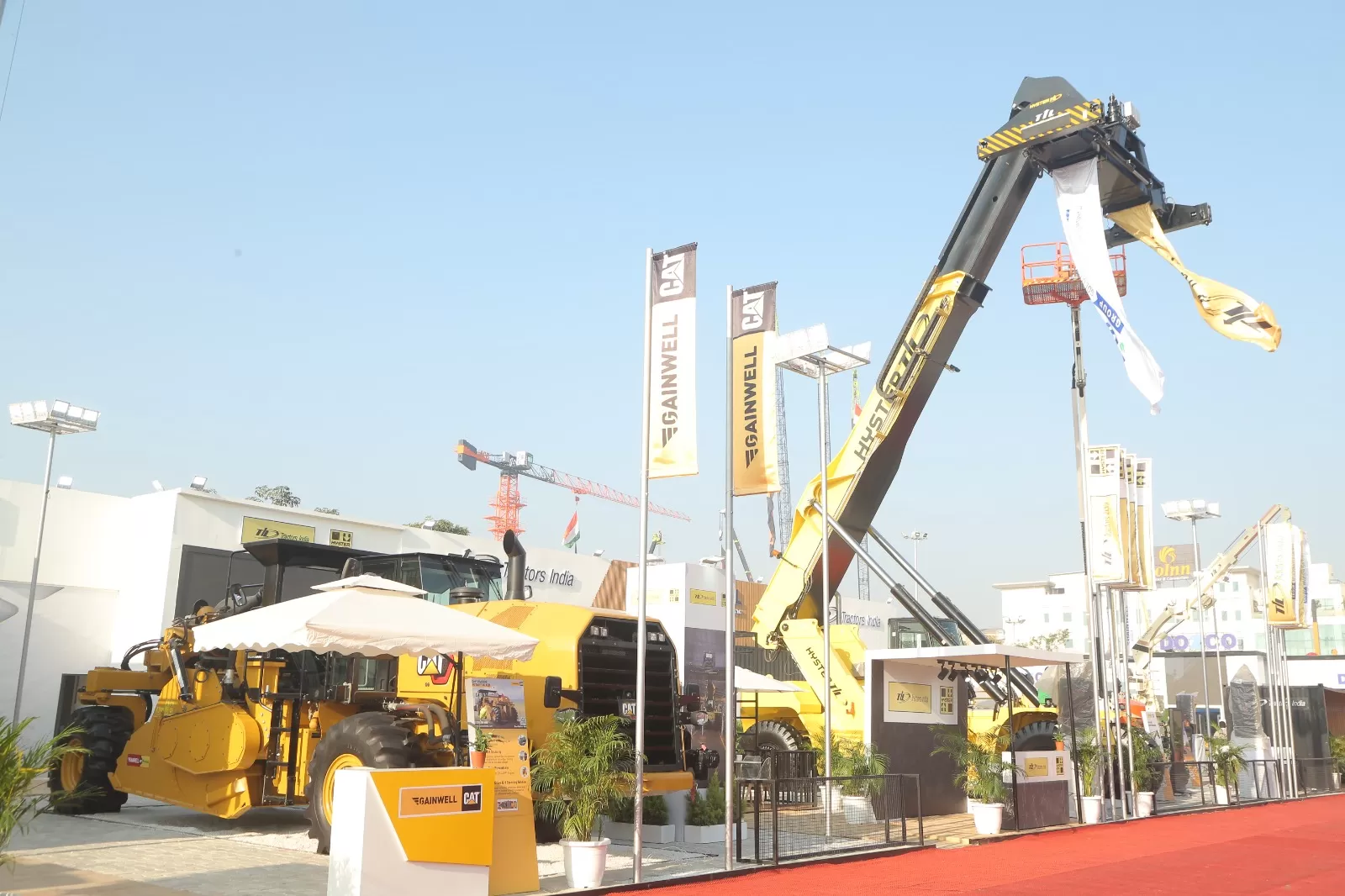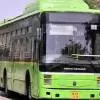
TIL Limited Returns to bauma CONEXPO After 8 Years
TIL Limited, a cornerstone in India’s material handling and infrastructure equipment manufacturing sector, made a triumphant return to Bauma ConExpo India 2024 under the Gainwell Group banner, marking a significant milestone in its transformation journey. The company's participation at Asia's premier construction equipment exhibition, held from December 11-14, 2024, at India Expo Centre, Greater Noida, showcased its revitalised market presence and successful integration of global partnerships with local manufacturing excellence. At its expansive 800-square-meter display area (Stall No. OG-5..

NMC Begins Rs 73.7 Million Road Concreting Project
Nashik Municipal Corporation (NMC) has initiated plans to concrete a 1-kilometer stretch of road connecting Rajiv Gandhi Bhavan, NMC's headquarters, and the Golf Club ground signal near Veer Savarkar swimming pool. The project, estimated at Rs 73.7 million, aims to address the deteriorated road conditions caused by the monsoon. The stretch, which includes the mayor's residence, Ramayan, has been plagued by potholes, prompting residents to demand urgent action. The road's condition worsened after the Nashik Municipal Smart City Development Corporation Ltd (NMSCDCL) installed water pipelines las..

Pune Ring Road: Collector Sets December Deadline for Final Acquisition
Pune District Collector Suhas Diwase has directed officials to complete the final phase of land acquisition for the Pune Ring Road by the end of December, enabling construction to begin in January 2025. The process involves acquiring 207 hectares across eastern and western phases of the project, with land acquisition spanning three villages in each phase. For the eastern phase, 143 hectares need to be acquired, while 64 hectares are required for the western phase. Land acquisition officer reports confirm that compensation for the land has already been announced, facilitating timely completion...















